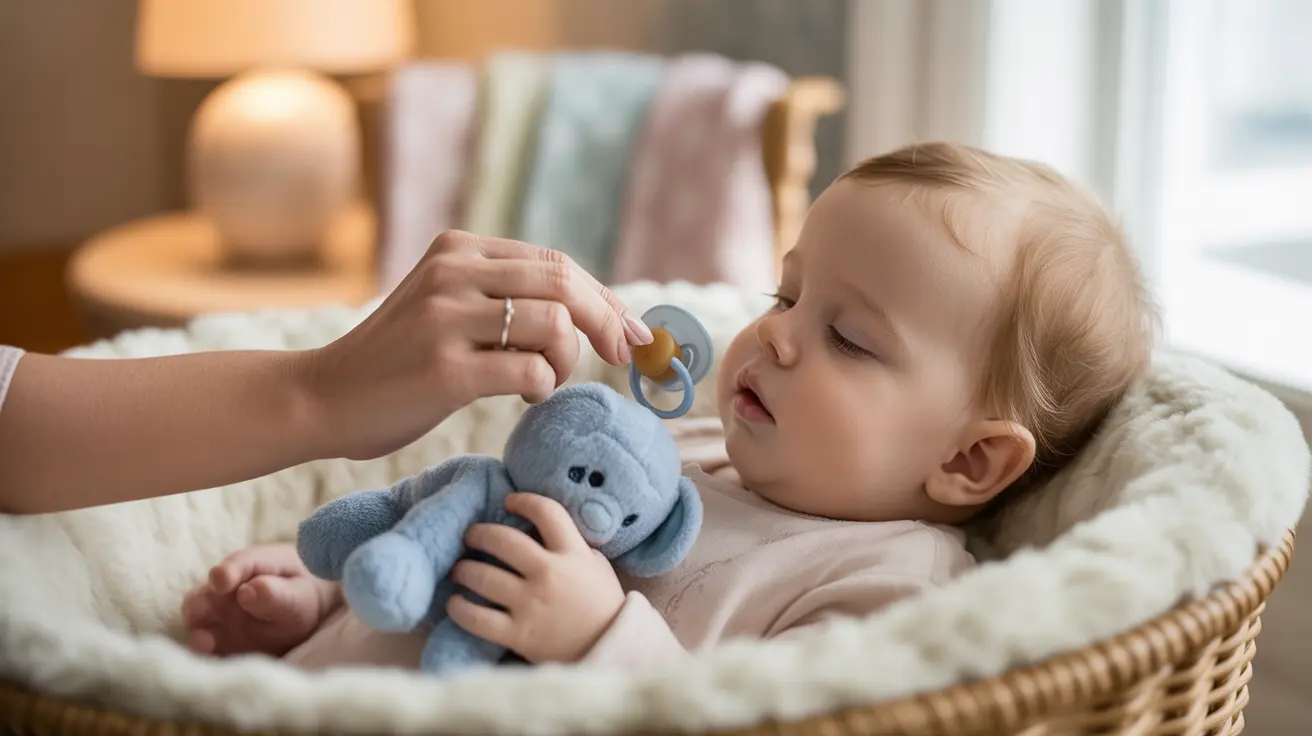Introducing a pacifier to your baby can be a helpful way to support their natural sucking reflex and provide comfort. However, many parents find themselves struggling when their little one refuses to accept this soothing tool. Understanding the right approach, timing, and techniques can make this process much smoother for both parent and baby.
In this comprehensive guide, we'll explore proven methods to help your baby accept a pacifier, discuss the optimal timing for introduction, and share essential safety considerations to ensure the best experience for your little one.
Choosing the Right Time to Introduce a Pacifier
Timing is crucial when introducing a pacifier to your baby. For breastfed babies, experts recommend waiting until breastfeeding is well-established, typically around 3-4 weeks of age. This helps prevent nipple confusion and ensures a strong nursing relationship.
For bottle-fed babies, you can introduce a pacifier soon after birth if desired. However, it's important to watch for hunger cues and never use the pacifier as a replacement for feeding.
Selecting the Perfect Pacifier
Size and Age Recommendations
Pacifiers come in different sizes designed for specific age ranges:
- Small (0-6 months)
- Medium (6-18 months)
- Large (18+ months)
Material and Design Considerations
Look for pacifiers that are:
- One-piece construction for safety
- Made from hospital-grade silicone or latex
- Dishwasher-safe for easy cleaning
- Have ventilation holes in the shield
- Feature a shield at least 1.5 inches across
Effective Techniques for Pacifier Introduction
Timing Your Attempt
Try offering the pacifier during these optimal moments:
- After feeding, when baby is content but still alert
- At the beginning of naptime
- During periods of mild fussiness
- When baby shows natural sucking behavior
Successful Introduction Methods
Consider these proven techniques:
- Dip the pacifier tip in breast milk or formula
- Gently stroke baby's cheek to trigger the rooting reflex
- Hold the pacifier in place for a few moments while baby begins sucking
- Make the experience positive with gentle rocking or singing
Troubleshooting Pacifier Resistance
If your baby refuses the pacifier, try these approaches:
- Experiment with different pacifier shapes and materials
- Offer when baby is calm rather than crying
- Try different positions while offering the pacifier
- Be patient and don't force the issue
- Consider trying again in a few days if unsuccessful
Safety Guidelines and Best Practices
Follow these essential safety tips:
- Replace pacifiers every 2 months or sooner if damaged
- Never attach pacifiers to clothing with strings or ribbons
- Clean and sterilize regularly
- Check for signs of wear or damage before each use
- Never coat pacifiers with sweet substances
Frequently Asked Questions
What are the best techniques to help my baby accept a pacifier?
The most effective techniques include offering the pacifier when your baby is calm and alert, dipping it in breast milk or formula, gently stroking their cheek to trigger the rooting reflex, and being patient with the process. Try different pacifier types and maintain a positive, relaxed approach.
When is the right time to introduce a pacifier to a newborn?
For breastfed babies, wait until breastfeeding is well-established (usually 3-4 weeks). Bottle-fed babies can start using a pacifier soon after birth, but always ensure it's not interfering with regular feeding patterns.
How do I choose the right pacifier type and size for my baby?
Select a pacifier appropriate for your baby's age group, ensuring it's made of durable, safe materials like silicone or latex. Look for one-piece construction and proper shield size. Consider trying different shapes to find what your baby prefers.
What should I do if my baby refuses to take a pacifier?
If your baby refuses the pacifier, try offering it at different times, experiment with various brands and shapes, and ensure they're calm when you attempt introduction. If they continue to refuse, it's okay – some babies simply prefer not to use pacifiers.
Are there safety tips or risks I should know about when giving my baby a pacifier?
Key safety considerations include regular replacement every 2 months, proper cleaning and sterilization, checking for damage before each use, and never attaching pacifiers to clothing with strings. Also, avoid coating pacifiers with sweet substances and always use age-appropriate sizes.




